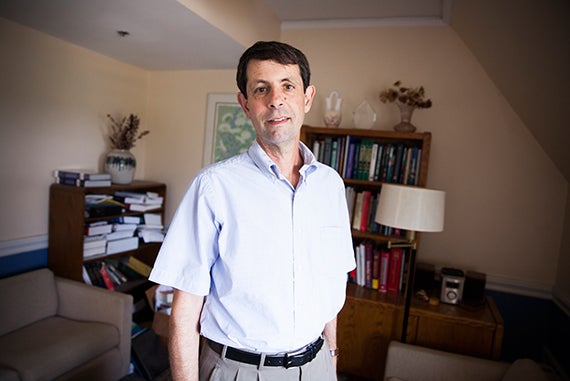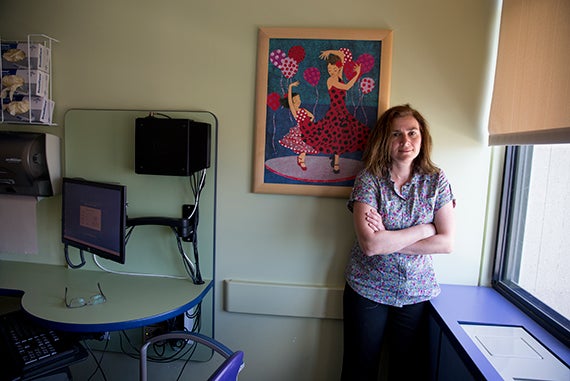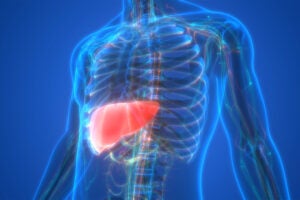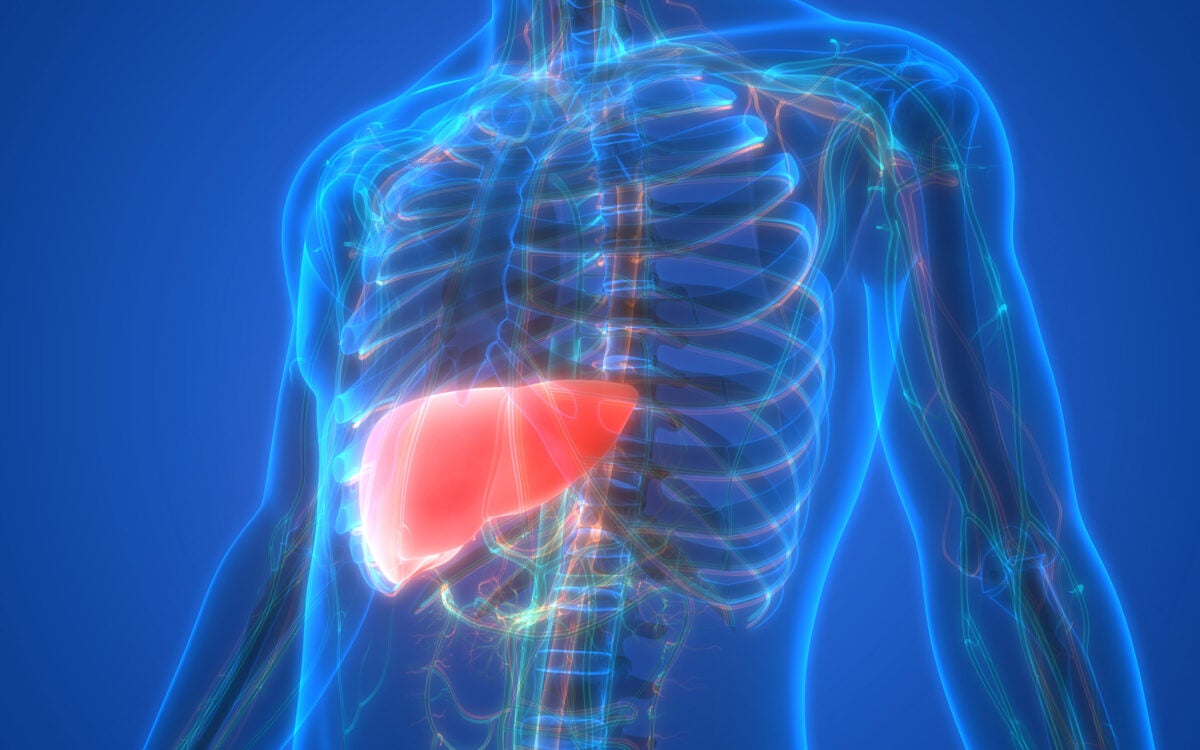Heroin’s descent
Stages of losing control, on the street and in the body
Death rates from heroin overdose nearly quadrupled in the United States between 2002 and 2013, when the number of people reporting past-year heroin abuse or dependence rose to 517,000, a nearly 150 percent increase from 2007. In 2014, the use of heroin and other opioids killed 1,256 people in Massachusetts, an increase of 34 percent over 2013 and 88 percent over 2012.
The Gazette sought insights across several disciplines, including law, health, and the science of addiction, for a three-part report on the crisis and new ideas for responding to it.
In 1874, British chemist C.R. Alder Wright cooked up the world’s first batch of heroin, by chemically altering morphine — a naturally occurring compound from the poppy plant — in hopes of turning an effective but highly addictive painkiller into a non-addictive alternative.
Addiction specialists the world over would agree that he missed the mark.
The profile of heroin — called “diacetylmorphine” by chemists — has changed radically since the early 20th century, from potential cough remedy to killer.
‘They will tell you, “It’s no longer fun for me to use heroin, but I can’t stop. I can’t control it.”’
As a result, the drug has been restricted or banned outright by governments around the world. Illegal use, always a deadly problem, has become an even more potent force of tragedy in recent years, fueled in part by an opioid crisis in the U.S.
Among the work being done on the issue by Harvard-affiliated physicians and researchers are investigations into the roots of addiction. Insights from such efforts have the potential to dramatically influence approaches to treatment and recovery.
Too many pills
Today’s heroin epidemic has been building for well over a decade, according to specialists, and is part of a broader epidemic of addiction to opioid painkillers, which have similar effects on the brain.
Opioids are the most effective painkillers available, but they are powerfully addictive. Long a go-to for acute pain — such as that from invasive surgeries, combat trauma, car accidents, and end-stage cancer — they were put into wider use about 20 years ago, as physicians began to focus more attention on chronic pain.
“You’re prescribing for a longer period of time,” said Roger Weiss, chief of the Division of Alcohol and Drug Abuse at Harvard-affiliated McLean Hospital. “The likelihood of people getting addicted is higher, and that’s what we started to see.”
Next came disaster, by several accounts. Doctors started to prescribe addictive opioid painkillers like hydrocodone and oxycodone in increasing quantities. Some patients became addicted. Many of those who didn’t left extra pills in the medicine cabinet, where teenagers could find them.
“We ended up, a few years ago, with approximately 9 billion individual pills — oxycodone and hydrocodone derivatives and other strong opioids — being prescribed in this country annually. [That’s] equivalent to 30 strong opioid pills for every man, woman, and child in our country,” said Bertha Madras, a professor of psychobiology at Harvard Medical School.
As addiction to painkillers began to rise, physicians tightened up on prescriptions. That left many of the freshly addicted priced out of their fix — with cheap, pure heroin waiting on the corner.
“The law of unintended consequences says the demand for opioids hasn’t reduced,” Weiss said. “So people who can’t get the opioid pills are moving toward heroin. … An opioid is an opioid, so the brain doesn’t know the difference.”
In the past, the prospect of injection could sometimes serve as a deterrent, but the purity of today’s product means it can be snorted or smoked.

“I typically see people start by snorting [crushed] pain medications and transition to smoking heroin or snorting heroin once they develop tolerance and need higher doses because heroin is much cheaper,” said Sharon Levy, director of the Adolescent Substance Abuse Program at Boston Children’s Hospital and an assistant professor of pediatrics at Harvard Medical School. “Ultimately they’ll switch to using the drug in its most potent form — intravenously.”
Both Levy and Weiss said they’ve seen evidence of the opioid epidemic — and the heroin sub-epidemic— in their practices. Opioid cases at McLean have climbed in the last 10 years to join alcohol abuse at the top of the list of most commonly treated disorders. At Boston Children’s, Levy has seen a steady stream of opioid-addicted adolescents since her program started offering medication-assisted treatment in 2004. Today, adolescents struggling with opioid abuse — often coupled with other substance-use issues — make up about a third of the roughly 150 patients the program treats at any one time.
Behind the high
Heroin and other opioids, whether swallowed, snorted, or injected, find a warm welcome in the human body. The drugs tap into our painkilling systems, mimicking natural opioids such as endorphins, Levy said. These natural opioids kick in when the body is exposed to pain or injury, dampening the hurt, slowing breathing and heartbeat, and, in certain cases, causing a sense of euphoria.
“That’s why, after running, people feel a little elated, because they’ve released a whole load of natural opioids and it’s giving them that sensation,” Levy said.
Opioid receptors are located throughout the central nervous system. In the wake of an injury that causes tissue damage, more receptors become available.
“Patients with massive injuries can tolerate high doses of opioids without overdosing,” Levy said. “The exact same dose used to control pain after a major trauma can easily lead to lethal overdose in the very same individual once he or she is no longer in pain. That’s because the opioids will bind to other available receptors in the brain — resulting in euphoria — and at high enough doses suppress … autonomic functions such as breathing.”
Many scientists believe that the physical mechanisms for a range of addictive drugs — including heroin, methadone, cocaine, nicotine, and even alcohol — are similar. Each of these drugs binds to receptors that cause an increase of the neurotransmitter dopamine in the brain’s “reward center,” a small bundle of neurons in the nucleus accumbens, in the central brain. Dopamine nerve cells are implicated in several components of reward, including the before (anticipation), during (rush), and after (memory) stages of pleasure.
With continued drug use, the brain begins to adapt to unnatural levels of dopamine and other transmitters in the nucleus accumbens and other brain regions: the frontal cortex, the amygdala, the hippocampus, and the locus coeruleus. The changes increase activity in parts of the brain responsible for reward and impulsiveness, while regions responsible for judgment, long-term planning, and self-control are tuned down, Madras said.
These changes mirror, in some ways, what’s already going on in the teenage brain, which is what makes adolescents particularly susceptible to addiction.
“During adolescence, there’s imbalance between the fully mature pleasure and reward system and immature executive functions,” Levy said. “So it’s like the gas pedal is on full steam and the brakes are not completely developed yet. The very strong behavioral drive for reward makes adolescents more vulnerable to developing addiction, regardless of which substance. … It also helps explain why adolescents are such risk-takers, which we know from watching them.”
Still, there are important problems with the idea that different drugs trigger a single reward system in the brain, said Madras, who served as deputy director for demand reduction in the White House Office of National Drug Control Policy under President George W. Bush.
“Some of the pharmacology simply doesn’t align. If you train an animal to recognize heroin in their system, they’ll identify morphine or oxycodone as producing the same effect, but they won’t recognize cocaine as heroin. So, if all reward is mediated in one brain region by one neurotransmitter, the pharmacology is problematic, to some extent.”
Human behavior has only reinforced her doubts, Madras said.
“People use speedballs. They will self-administer both cocaine and heroin because they like the different effects. They use cocaine to feel euphoria and energy, and they also want the mellow effects of heroin. If it’s all dopamine in one region, they shouldn’t be able to detect drug-induced differences … depending on taste. It should be a common taste.”
If there is a common effect in addiction, Madras said, it may exist at a higher level, in a disconnect between the self-control exerted by the frontal cortex and the more primitive parts of the brain responsible for emotion and impulsiveness.
“It is possible that … the positive sensations produced uniquely by each drug eventually tend to disconnect the frontal cortex from the subcortical regions, the more primitive parts of the brain, and so you have a loss of control over your behavior,” she said.
Getting hooked
Opioid use leads to physical dependence and addiction, though dependence and addiction, scientists point out, are different things. Physical dependence occurs as the body adapts to a drug, while addiction includes physical changes together with behavioral changes, the drug-seeking actions that can destroy a person’s life. Someone given painkillers after surgery can experience physical adaptation and then even withdrawal without being addicted, Madras said.
“Morphine promotes adaptive changes that are not necessarily associated with the process of addictive behaviors, they are simply adaptive changes that, on cessation of the drug, you no longer feel normal.”
Opioid withdrawal, while not life-threatening, is known to be harshly uncomfortable for users, according to Nalan Ward, medical director of addiction services in Massachusetts General Hospital’s West End Clinic and an instructor in psychiatry at HMS. Effects include cold sweats, vomiting, diarrhea, chills, bone aches, headaches, and anxiety. Withdrawal symptoms are always around the corner, and can start emerging just six to eight hours after the last dose, driving heroin users to shoot up twice a day.
“That’s not even to get high, that’s just to alleviate some of the withdrawal symptoms,” Ward said.
Before long, the drugs don’t deliver the same feeling — tolerance has shifted — leading to higher and higher doses. This can be a major factor in overdoses for those who relapse after treatment.
“Individuals who are able to quit and become abstinent for a period of time lose their tolerance, though they may not realize it,” Levy said. “If they then relapse and try to use the same dose they had used before, they are at danger of overdosing because they have become more responsive to opioids.”

Opioids are notoriously difficult to kick, with relapse rates of about 80 percent.
The science behind who becomes addicted is imprecise, but several risk factors have been identified. One is early marijuana use. Madras cited a study of identical twins that showed that if one used marijuana before age 17 and the other didn’t, the former had a much higher prevalence of heroin addiction.
“So the age of onset of drug use is critical, especially with marijuana or opiates, but it’s true for all drugs, including alcohol,” said Madras.
Other risk factors include psychiatric disorders, physical or sexual abuse as a child, and difficulty with social interactions. Genetics can also play a part. Estimates of genetic vulnerability to opioid addiction have been as high as 40 percent, Ward said.
The sum result — on the streets, to family members, and in health-care settings — is a person who seems to have lost control. Everyday activities such as eating a good meal can’t compete in the brain’s reward center against heroin.
“You lose the capacity to say no after a while,” Ward said. “The perception of what’s important and what’s not important also gets affected.”
Users who come to the Boston Children’s Hospital program often arrive alone, Levy said, and desperate for help.
“Addiction is most easy to notice in patients who have opioid use disorders, because many of them get to a point where they no longer enjoy using drugs, but have a compulsion to keep going. It’s not uncommon for patients to get to a point where they are desperate to stop using but struggle to do so. They will tell you, ‘It’s no longer fun for me to use heroin, but I can’t stop. I can’t control it.’”
Shadowed by stigma
Though it’s clear that researchers at Harvard and across the country have shown intense commitment in their efforts to understand and address the effects of opiate use, the nature of the problem demands a wider response, Madras said.
“The whole Harvard system has excellent infrastructure. My feeling is it could be expanded enormously … because the number of people with a substance-use disorder is 23 million, 95 percent of whom do not think they need treatment and do not seek it. It’s a vast problem, and does not even include those engaged in risky use, one accident or error away from a potentially disastrous consequence.
“I think … this is one of the most underrated, underfunded areas in our nation because of the sheer population size [involved] and impact of problematic, risky use or substance-use disorders on every component of our society.”
Work remains on almost every aspect of the problem, but prevention efforts are “at a disastrously low level” and should be made a priority, Madras said. She and Ward also agree that the stigma against drug abusers persists as a roadblock to better care, including in the medical community.
“The minute I say [I am] researching addictive drugs and not Parkinson’s disease or ADHD, it elicits a very different response, it’s as if [they’re thinking], ‘Why are you wasting your time on something that is self-induced?’” Madras said. “That kind of stigma is as prevalent in research and social research as it is in regards to addicts themselves.”
The second article in the series, on policy, will appear next week.




